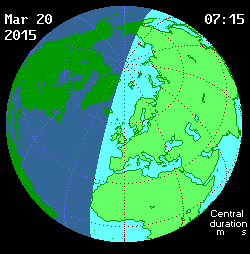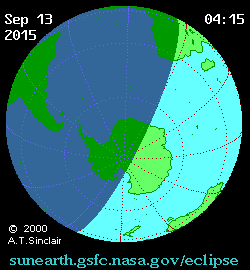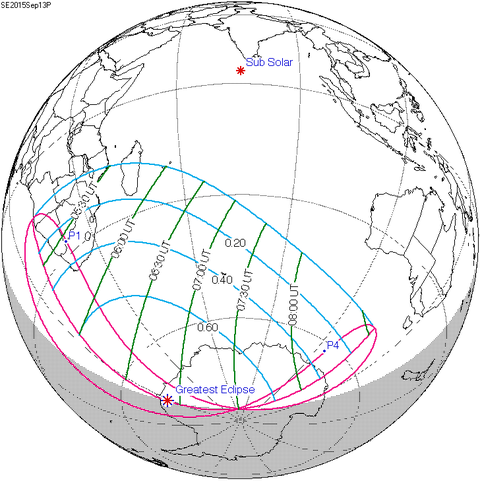The blood moon tetrad repeats on an average of about 400 years.
The Tetrad of Four Blood Moons: A series of four consecutive total lunar eclipses, with six full moons in between, and no intervening partial lunar eclipses, all falling on consecutive holy days of Passover and the Feast of Tabernacles. This rare event has happened only seven times, so far, since 1 A.D. and has sometimes coincided with important events in Jewish history.
- 162/163 A.D.
- 795/796 A.D.
- 842/843 A.D.
- 860/861 A.D.
- 1493/1494 A.D. (1492 expulsion of Jews from Spain; Columbus’ discovery of America)
- 1949/1950 A.D. (1948 Israeli statehood and War of Independence)
- 1967/1968 A.D. (1967 Six-Day War; Jerusalem unified)
- 2014/2015 A.D. (rise of Islamonazi caliphate; the world arms Iran for a Holocaust; the Pope allies with the "State of Palestine" against Israel; all nations unified against Israel?; rapture?)
“The sun will be turned into darkness, and the moon into blood, before the great and terrible day of Yahweh comes.”Total Solar Eclipse of March 20, 2015
– Joel 2:31“The sun will be turned into darkness, and the moon into blood, before the great and glorious day of the Lord comes.”
– Acts 2:20
- The solar eclipse happened on the Hebrew Ecclesiastical New Year (the 1st of Nisan), which began March 20 at sunset.
- The eclipse was visible from Israel as a partial eclipse.
- The total portion of the eclipse ended at the north pole (see dark spot on animated image below).
- March 20 was the Equinox. The eclipse occurred as the Sun rose at the north pole for the first time in six months.

Total Solar Eclipse of Sept. 13 2015
- Roughly centered over the South Pole
- The Hebrew Civil New Year Rosh Hashanah begins Sept. 13 2015 at sundown
- I would really love to know what the pink figure-8 represents on the image below).


Important dates:
Apr. 15, 2014 – Blood Moon (First Day of Passover) wikipedia
Oct. 8, 2014 – Blood Moon (First Day of Feast of Tabernacles) wikipedia
Mar. 20, 2015 – Equinox, New Year Total Solar Eclipse at North Pole wikipedia
Apr. 4, 2015 – Blood Moon (First Day of Passover) wikipedia
Sept. 13, 2015 – New Year Partial Solar eclipse at South Pole wikipedia
Sep. 28, 2015 – Blood Moon (First Day of Feast of Tabernacles) wikipedia
There was also the Venus/Jupiter conjunction in the Leo constellation on June 30 and July 1, 2015, that the news played up as a "Star of Bethlehem" formation. This is the only one that does not necessarily seem significant to me.